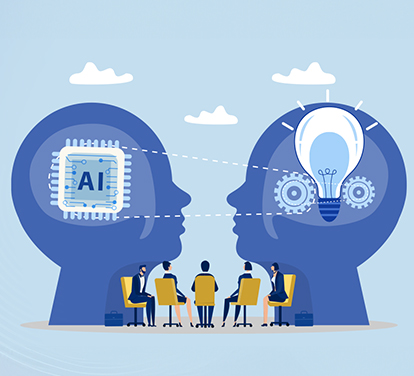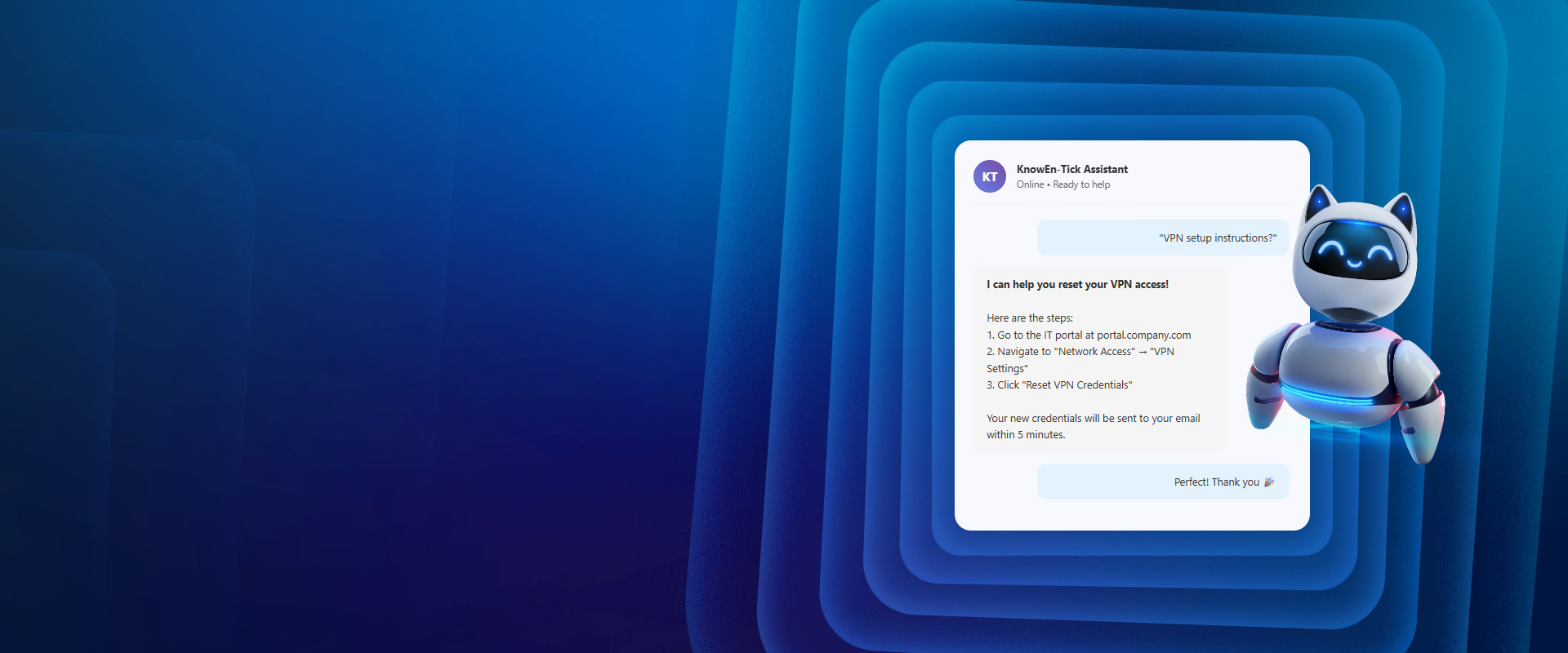Key Takeaways
- AI boosts speed and efficiency, but can harm user experience if misused.
- Leadership must focus on human-centered AI—balancing automation with empathy.
- Poorly implemented AI can lead to erosion of trust, biased decisions, and disengaged users.
- Use the 80/20 AI rule, transparency, and override paths to avoid pitfalls.
- The most successful companies amplify human value, not replace it.
“Deploy AI across the organization and watch the productivity increase as the costs are reduced,” is the saying in every leadership talk.
Marketing teams can now generate content and designs in weeks, enabling them to launch their campaigns in a matter of weeks. Customer service executives can handle more inquiries with better customer insights, and businesses have reduced development cycles from months to weeks.
But beneath the glossy productivity metrics lies a growing tension that forward-thinking leaders can no longer ignore. The very AI systems that boost internal efficiency often degrade the human experience on the receiving end—and the long-term consequences are more severe than most realize.
The Productivity Paradox
Consider the customer service chatbot that handles 500% more inquiries than human agents. The productivity gained from AI is undeniable, but what happens when the customer wants to speak with a Human and is frustrated with the continuous automated response from AI? Or even several job applicants who face AI screening, and most of the qualified candidates are rejected due to algorithmic biases hidden in black-box models?
The shift towards AI isn’t just for customer satisfaction. It’s how customers interact with businesses, and with each other in an increasingly AI-mediated world.
The Hidden Costs of AI-First Thinking
Empathy Gap: AI excels at pattern recognition and rule-following but struggles with context, nuance, and genuine human understanding. When we optimize for AI efficiency, we often strip away the human elements that create meaningful connections. A chatbot might resolve a billing issue faster, but it can't recognize when a customer is grieving and needs compassionate support.
Feedback Loop Problem: AI systems improve through data and feedback, but they often create closed loops that exclude human insight. When productivity metrics show green across the board, leaders may miss the subtle signs of user frustration that don't easily translate into quantifiable data points.
Trust Erosion: Users are becoming increasingly sophisticated at detecting AI interactions, and many report feeling deceived when AI isn't clearly identified. The erosion will have compounding effects: customers may abandon brands that have not clearly defined AI interactions and human interaction, employees may start resisting new AI tools, and stakeholders may question leadership judgment.
Real-World Warning Signs
The cautionary tales are already emerging across industries:
Healthcare: AI diagnostic tools that improve accuracy but intimidate patients who prefer human consultation, leading to delayed care and worse outcomes.
Education: Automated grading systems that boost teacher productivity but miss the learning opportunities that come from personalized feedback and human connection.
Hiring: AI recruitment tools that process applications faster but perpetuate biases and create impersonal experiences that turn away top talent.
Content Creation: AI-generated marketing that floods channels with technically proficient but soulless content, leading to audience disengagement and brand commoditization.
What is the Framework for Balanced AI Implementation
Visionary leaders are learning to navigate this tension through what we might call "human-centered AI productivity." Here's how:
1. Define Success Beyond Efficiency Metrics
Expand your KPIs by including the user experience measures along with productivity gains. Track resolution time, but also track user satisfaction to get more insights about the AI tools implemented. Measure content output audience engagement along with brand sentiment.
2. Implement the 80/20 AI Rule
Use AI for 80% of routine and repetitive tasks while reserving human involvement for the 20% that require creativity, empathy, or complex judgment. This isn't just about efficiency—it's about maintaining the human elements that differentiate your organization.
3. Design for Transparency
Be clear about when and how AI is being used. Customers are increasingly appreciate honesty about AI involvement and often prefer knowing they're interacting with AI rather than an actual human. Transparency builds trust and sets appropriate expectations.
4. Create Human Override Paths
Always provide clear, accessible paths for users to reach human support when needed. The most successful AI implementations aren't those that eliminate human interaction entirely, but those that make human expertise more accessible when it matters most.
5. Invest in AI Literacy Across Your Organization
Every business should train its employees to understand not just how to use AI tools, but how to recognize when they shouldn't. Businesses would need to train their team members to identify the user experience, edge cases, and ethical concerns that AI can't navigate alone.
The Competitive Advantage of Getting It Right
Businesses that manage the AI tools and human capabilities don't just avoid the pitfalls but also gain significant competitive advantages. They build stronger customer relationships, attract better talent, and create more resilient operations. Their AI implementations become force multipliers for human capability rather than replacements for human judgment.
Businesses thriving in the AI age aren't necessarily those with the most sophisticated algorithms or the highest automation rates. They're the ones that have learned to amplify human capabilities while leveraging AI's tools, while creating experiences that feel both efficient and genuinely human.
Next Steps for Balanced AI Implementation
The question isn't whether to embrace AI productivity tools? The question is whether you'll implement them thoughtfully, with genuine consideration for the human experience they impact.
It requires courage from leadership. It means occasionally accepting lower productivity metrics in terms of providing better user experiences. It means investing in hybrid solutions that might be more complex to implement but create better outcomes for everyone involved.
Most importantly, it means remembering that productivity without purpose is just busy work. The organizations that will thrive in the AI era are those that use technology to create more meaningful human experiences, not fewer of them.
The choice is yours: optimize for the metrics that make board meetings look good, or optimize for the experiences that make your organization indispensable to the humans it serves. The most successful leaders are learning that these don't have to be mutually exclusive—but getting there requires intention, wisdom, and a willingness to prioritize long-term relationship building over short-term efficiency gains.
The future belongs to those who can make AI feel more human, not to those who use AI to make humans feel obsolete













